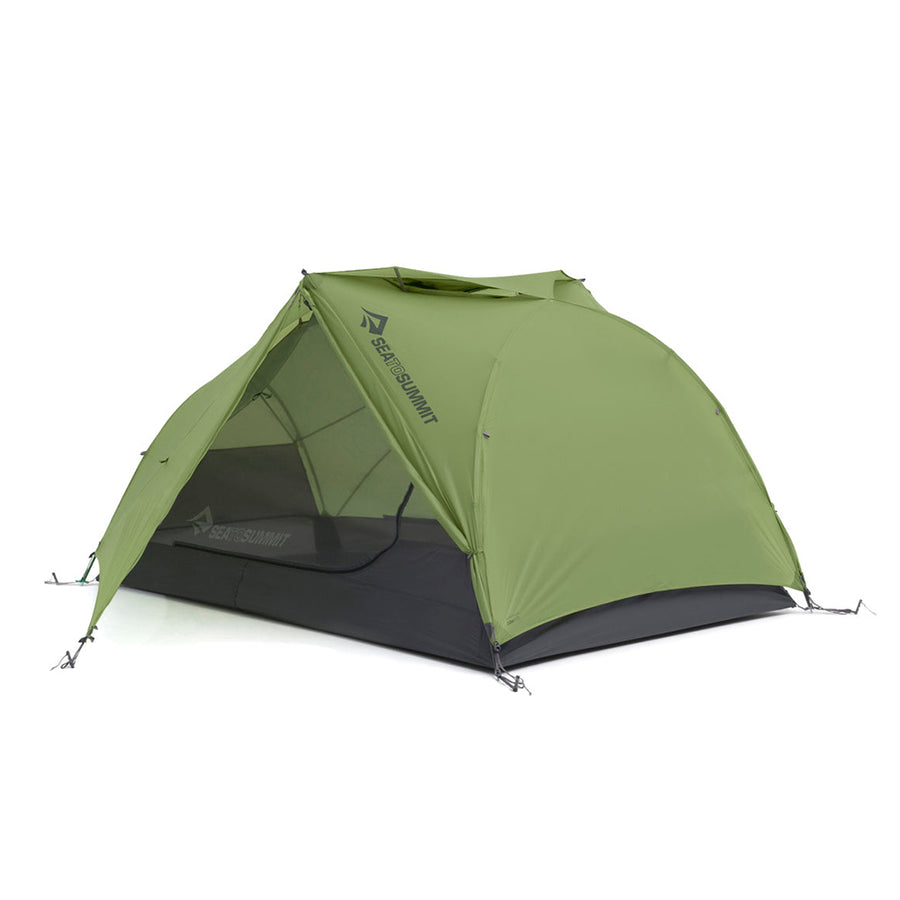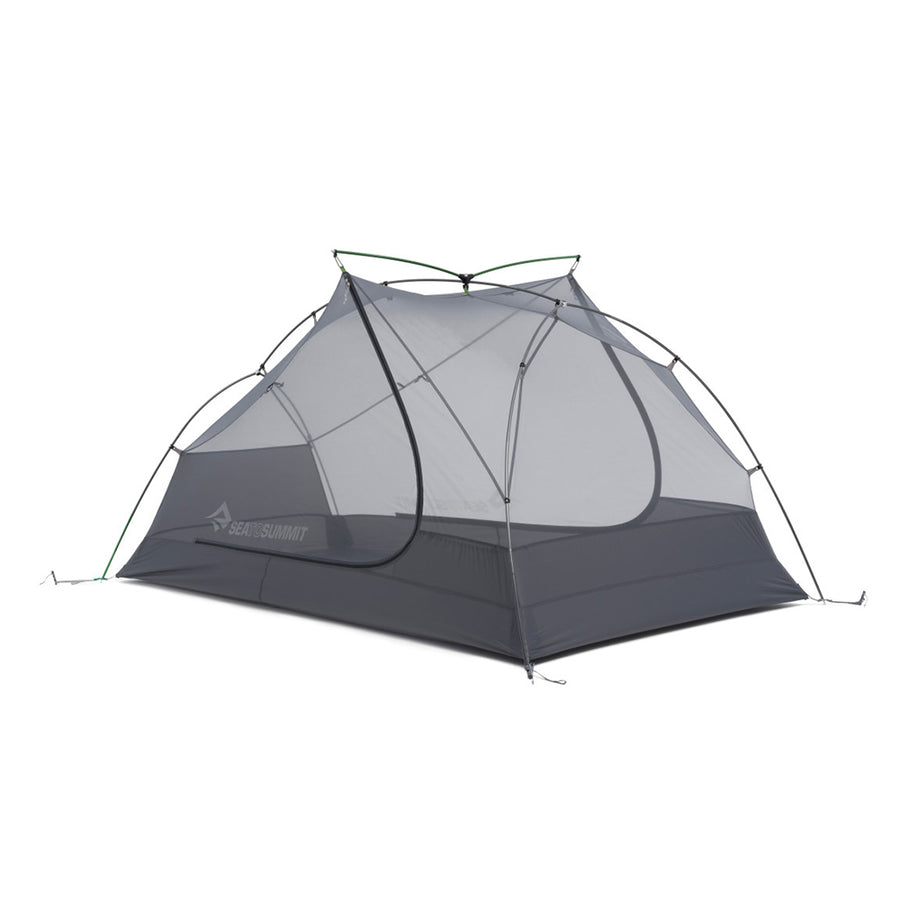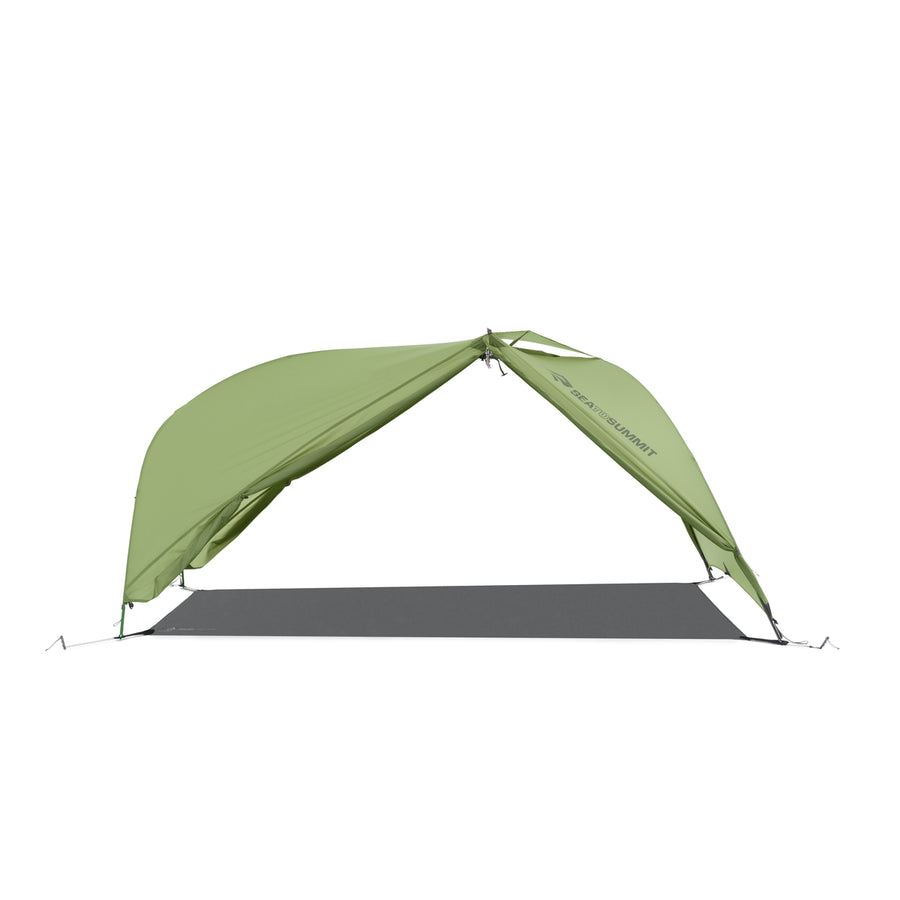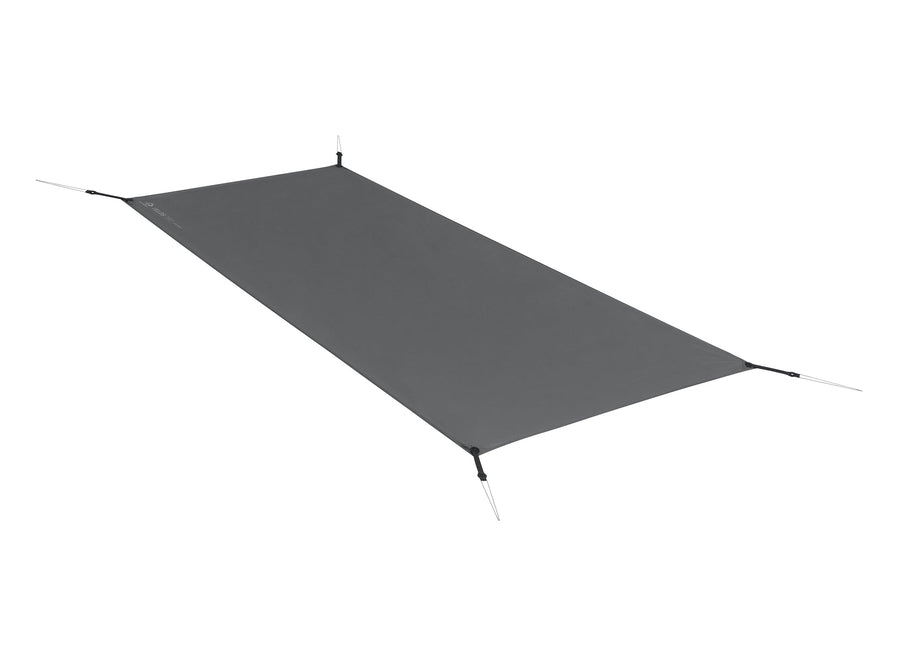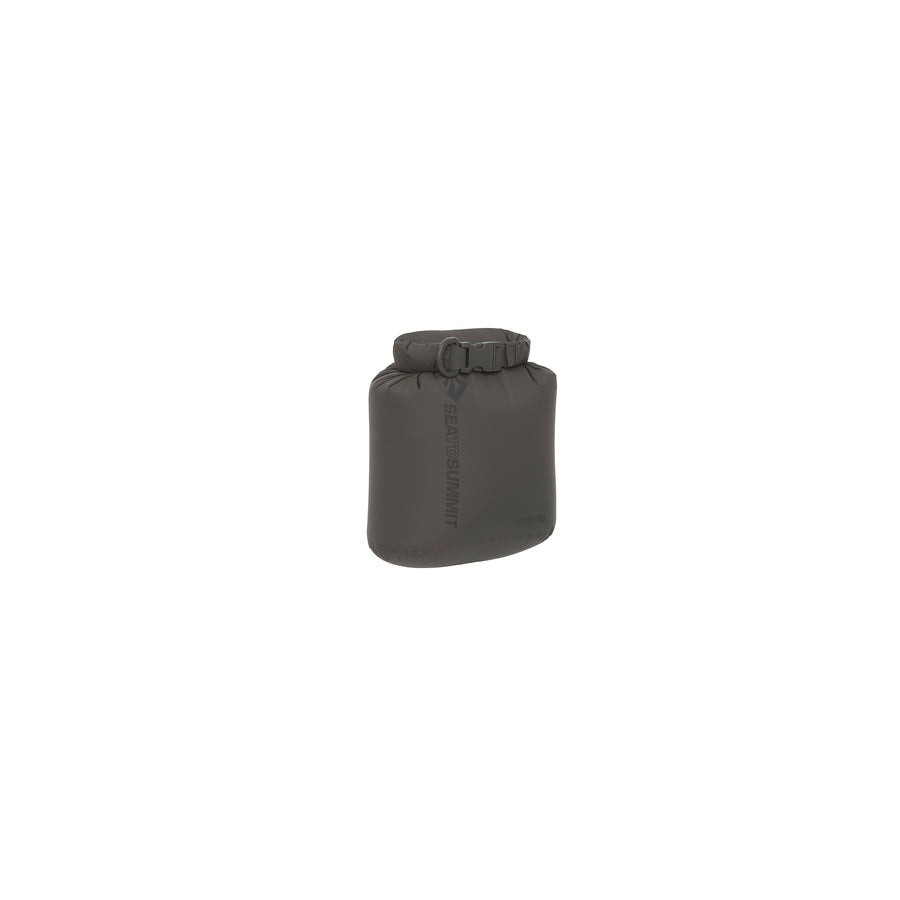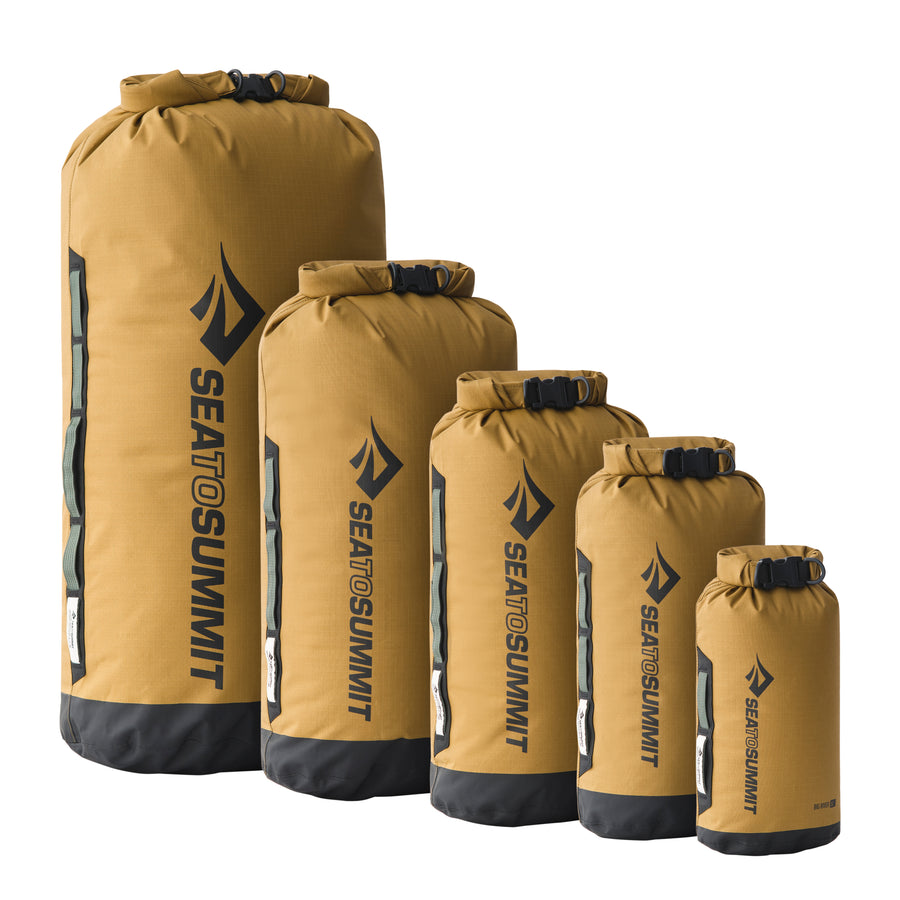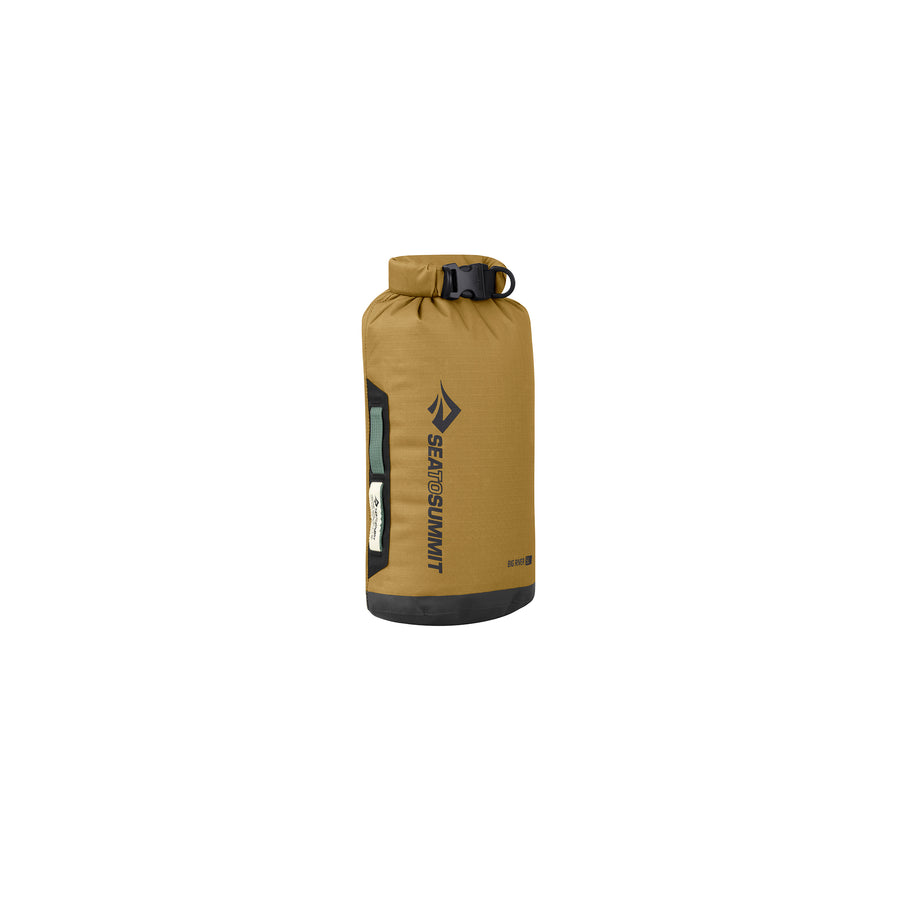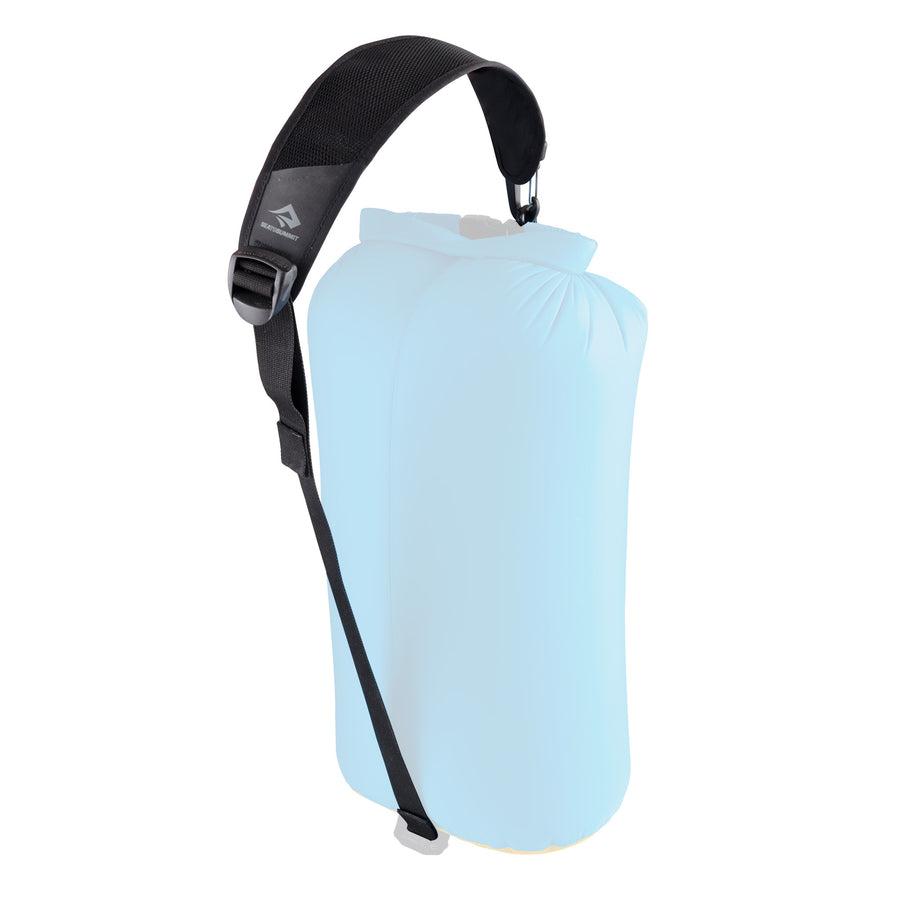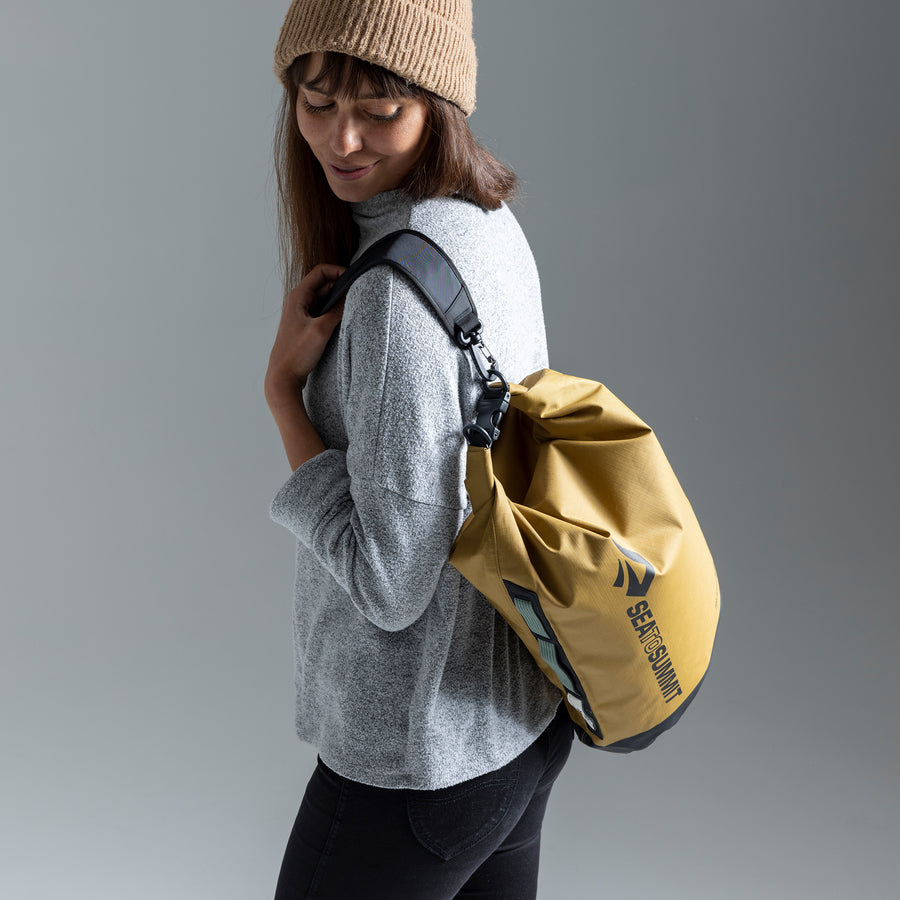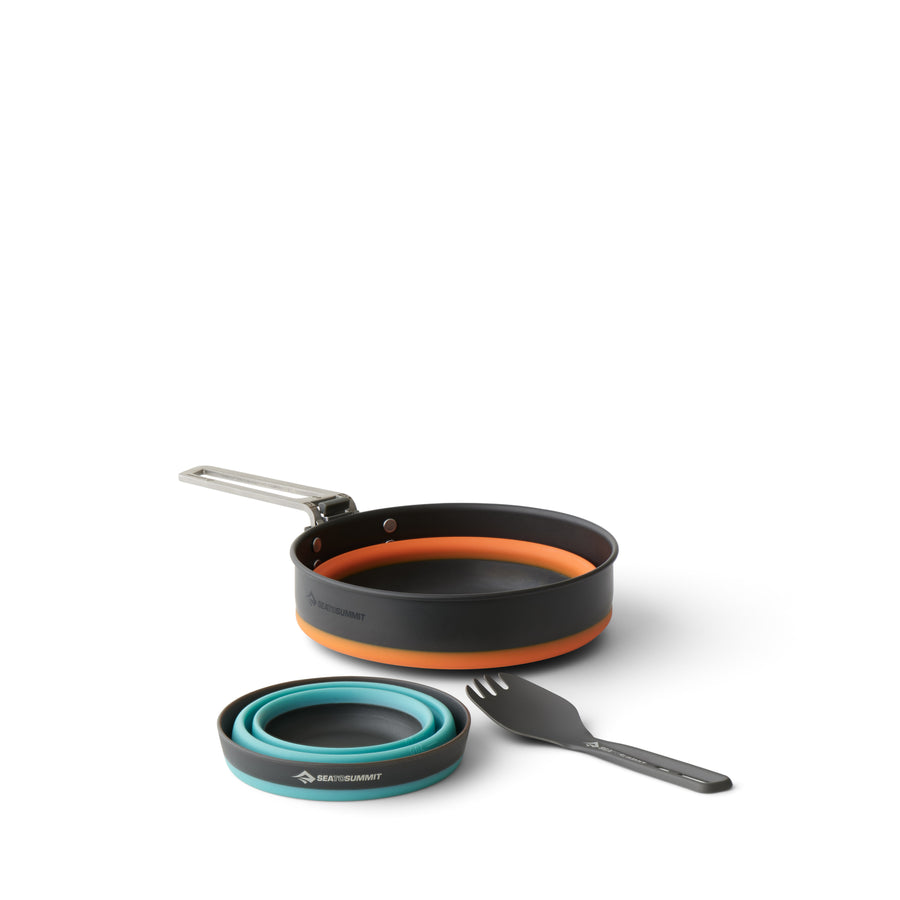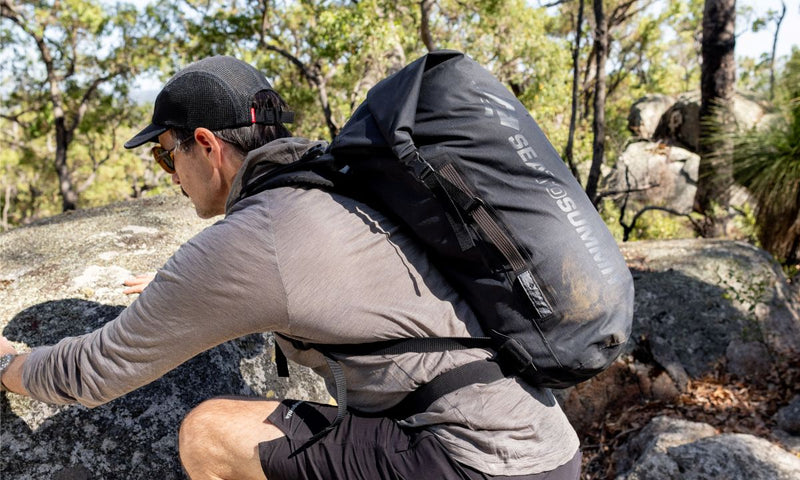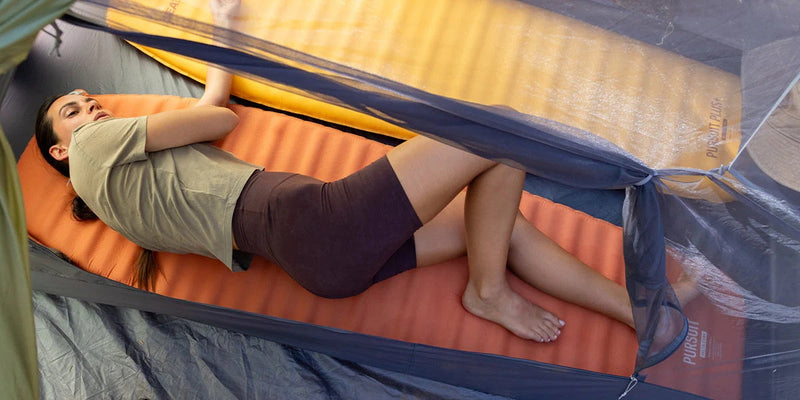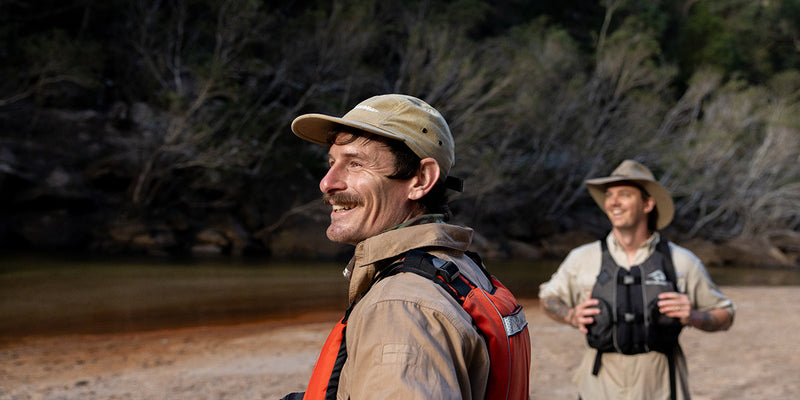8 Backpacking Secrets for Women
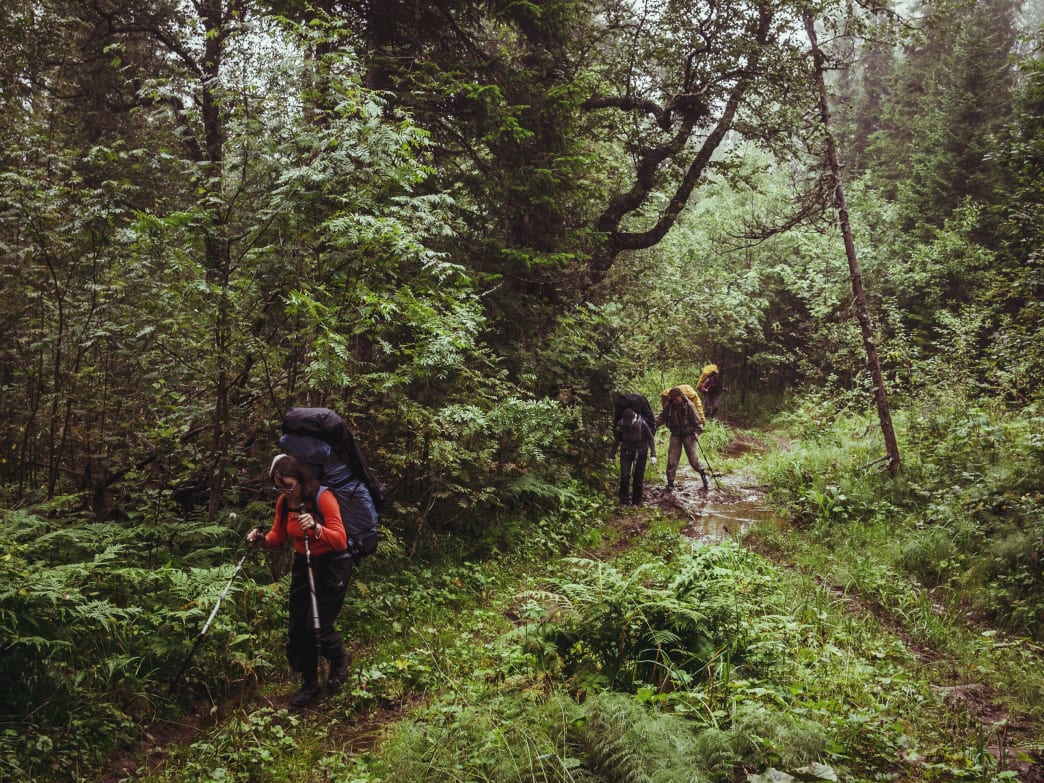
Ashley Samuels couldn’t believe it when her Atlanta trail buddies told her that you could walk all the way from Georgia to Maine. Samuels had just moved south from Long Island and had started hiking for the first time in her life. Joining up with a group of women training to thru-hike the Appalachian Trail, she section-hiked all of Georgia, catching the thru-hiker bug along the way.
Lucky for Samuels, her flexible job as a nanny allowed her to take off in early April for the 5.5-month trek north. She summited Mt. Katahdin, the trail’s most northern point on September 14. Here are her top takeaways for women looking to add backpacking, and maybe even a thru-hike or two, to their outdoor adventure goals.
1. Start a Training Program
After seeing many hikers start with big miles and drop out, Samuels recommends committing to a cardio and strength training program early on. “Nobody should start out at 15 miles a day. People who do that almost never finish because they’re in so much pain, or they’re so broken that they get a torn meniscus or something else. Build strength, add weight, then add miles.”
She advised strength training three days a week to build up lower body and core muscles. Squats, lunges, and box jumps are key to avoid knee issues that are common on the trail. Yoga is also important for stretching out calves and IT bands.
2. Do a Weekend Shakedown
Samuels tested her gear while section-hiking Georgia, then did more testing on short overnight backpacking trips. “Using your gear overnight will tell you if you can set up your tent when the sun’s going down and if you can inflate your sleeping pad,” she says. “Do a weekend gear shakedown, where you pack your backpack with everything you’d take on a thru-hike. Hike 10 miles, camp, then see what you use.”
Maybe even more important is finding out what you don’t use. “You don’t need extras of anything,” says Samuel. “I like to write down what I like and don’t like about my gear as I go and record what foods I eat and don’t eat.”

3. Don’t Let A Little Cold Stop You
Samuel has listened to many women complain about the cold around an evening campfire. She recommends changing into dry clothing as soon as you arrive in camp. Finding the right sleeping bag to keep you warm as nighttime temperatures dip is essential to staying warm in camp.
4. Change Shelters With the Seasons
Samuel tented for half the trail and used a hammock for the other half. “Tenting is warmer than hammocking because your rain fly traps body heat. With a hammock, you just have a tarp over you.”
She recommends using a hammock for backpacking to reduce weight, then switching to a tent when camping at elevation or in the winter months.
5. Find a Tramily
Tramilies, hiker terminology for a trail family, come together when hikers traveling at a similar pace form a loosely connected group. While they may not always hike together, tramilies will typically meet up for breaks and at the end of the day. Connections are fluid and can change over the course of a thru-hike. “I was devastated when I came out of the Smokies without my tramily,” says Samuels. “I met a new group coming into Damascus, Virginia for Trail Days and we stayed together off and on all the way to Pennsylvania.”
6. Face Your Fears
“Many times, I’ve been inside my tent at night and had to go to the bathroom, thinking I’m alone, it’s dark, there might be a bear outside,” she says. “When I finally unzip the tent, it’s not cold and it’s actually amazing outside.”
She links her fears with physical reactions in her body and advises backpackers to work on strategies to quiet negative thoughts. She also found that common fears of being attacked by a wild animal are mostly groundless after facing a rattlesnake while in her hammock in Pennsylvania. “Wild animals will leave you alone if you leave them alone,” she says.

7. Embrace Solo Hiking
Even though Samuel hiked solo and met many other women doing the same, she observed an unspoken tendency to partner up with men who might be perceived as stronger or more capable in the outdoors. “The women I trained with and know from the trail are some of the strongest women I’ve ever met,” she says. “We want to be solo but sometimes there’s a struggle behind it.”
While she hiked solo from start to finish, meaning she carried all her own gear, she joined forces with a male hiking partner about halfway to Maine. She urges women to believe they can do it on their own and fight through self-doubt. “The tendency to let your confidence slip will have a huge impact on your hike,” she says.
8. Don’t Make it a Competition
Samuel feels like the current emphasis on completing thru-hikes in record time may be missing the point. “The trail’s not a competition,” she says. “It’s an experience and a journey. You can’t really rush that sort of thing.”
When she reached Katahdin, she wasn’t ready to leave so she stayed on the trail through Day 200. She recommends pacing yourself to appreciate the beauty of nature and savor your experience. “Whether you’re going out on the trail to obtain strength, confidence, inner peace, or something else, it takes time,” she says.
Written by Ann Gibson for RootsRated in partnership with Sea to Summit.
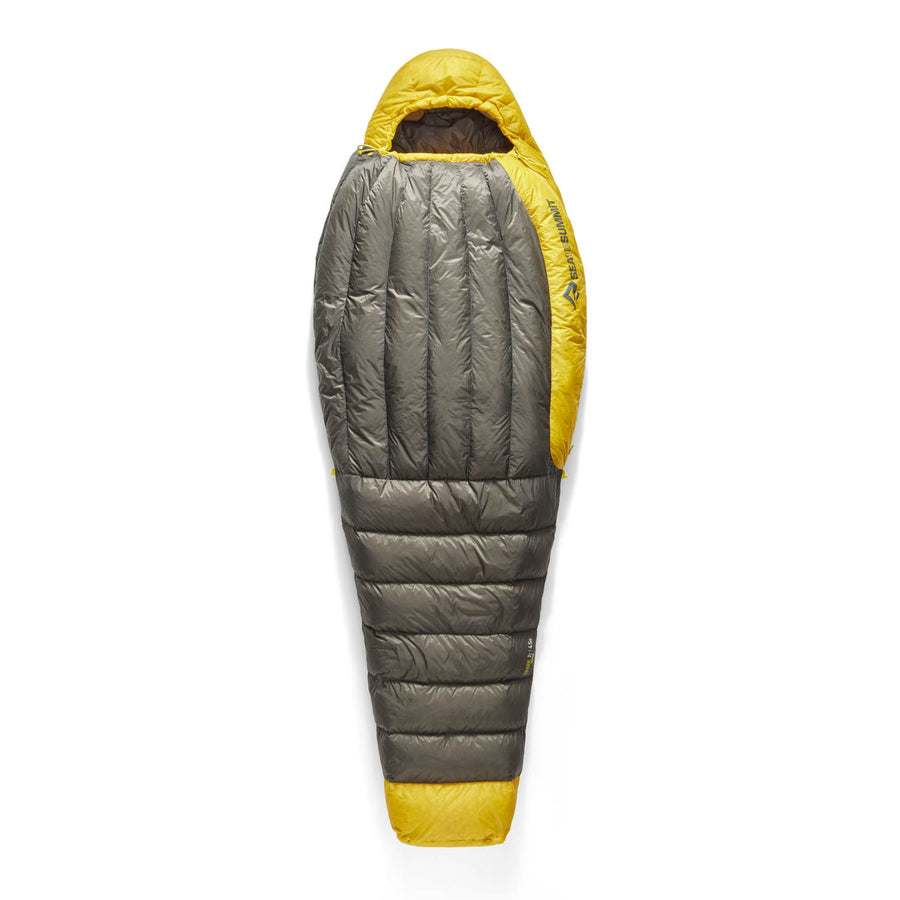
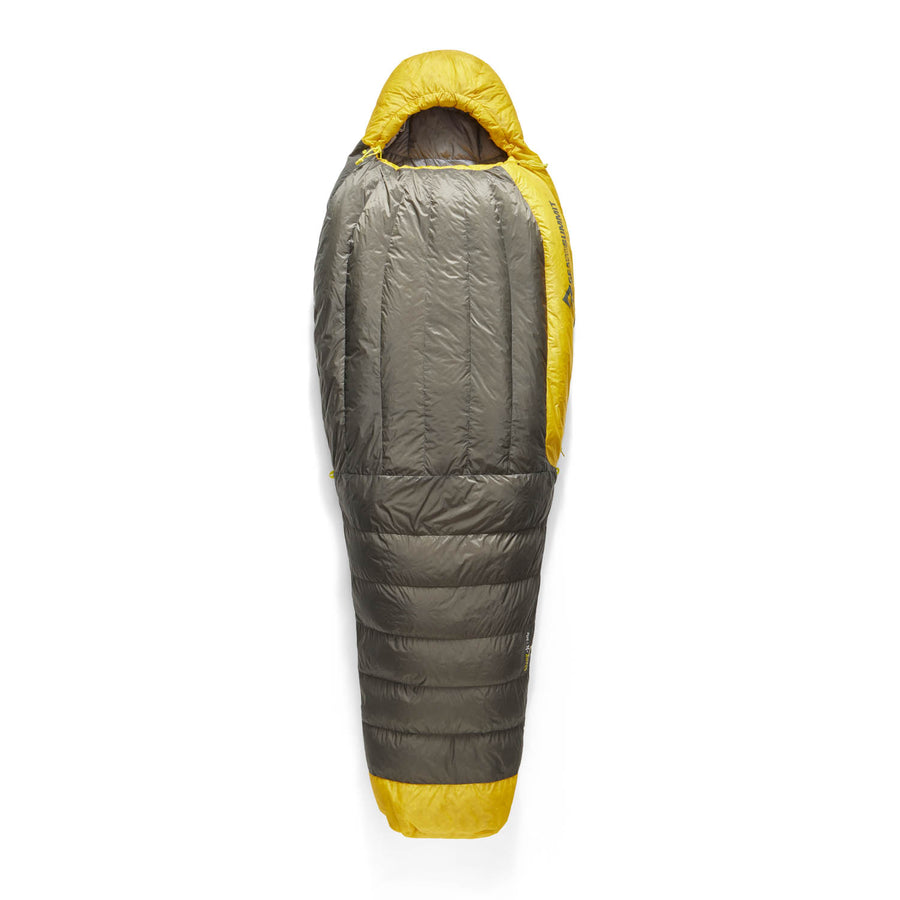
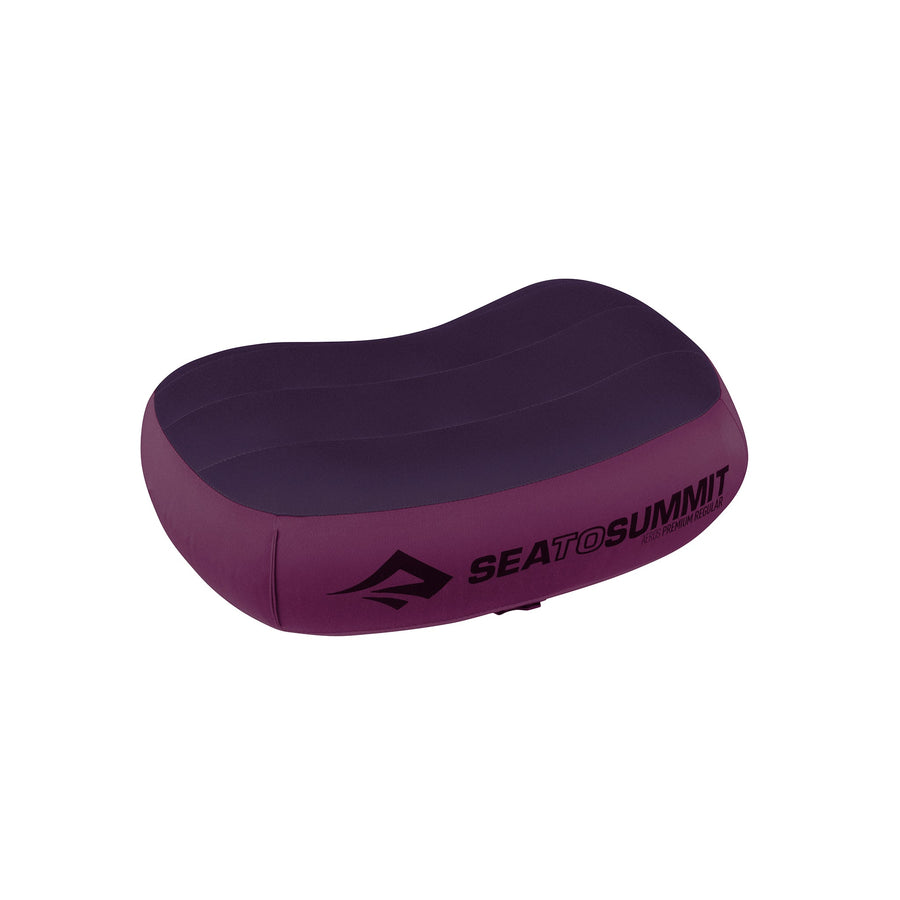
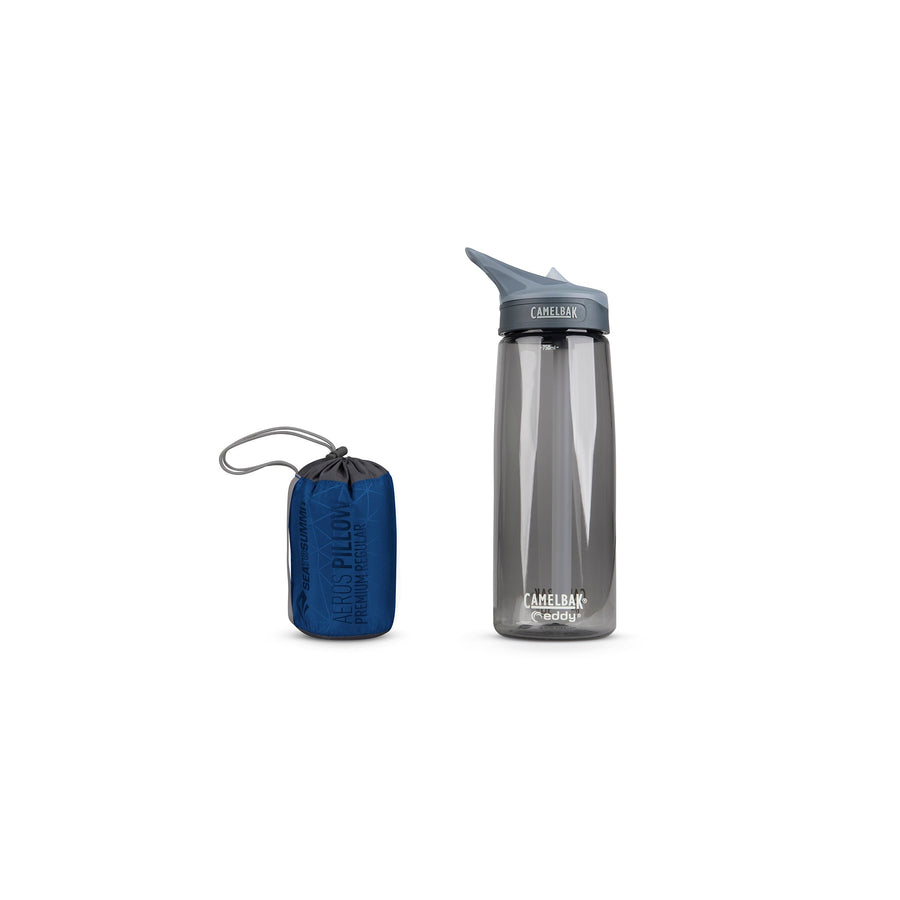



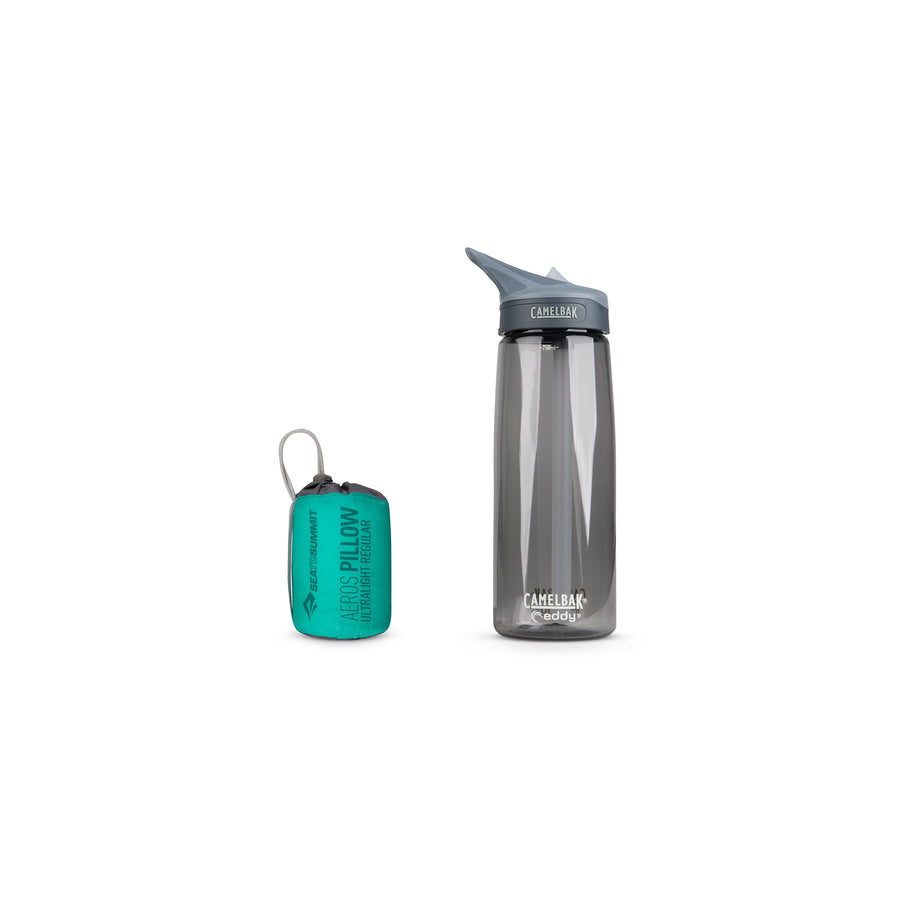
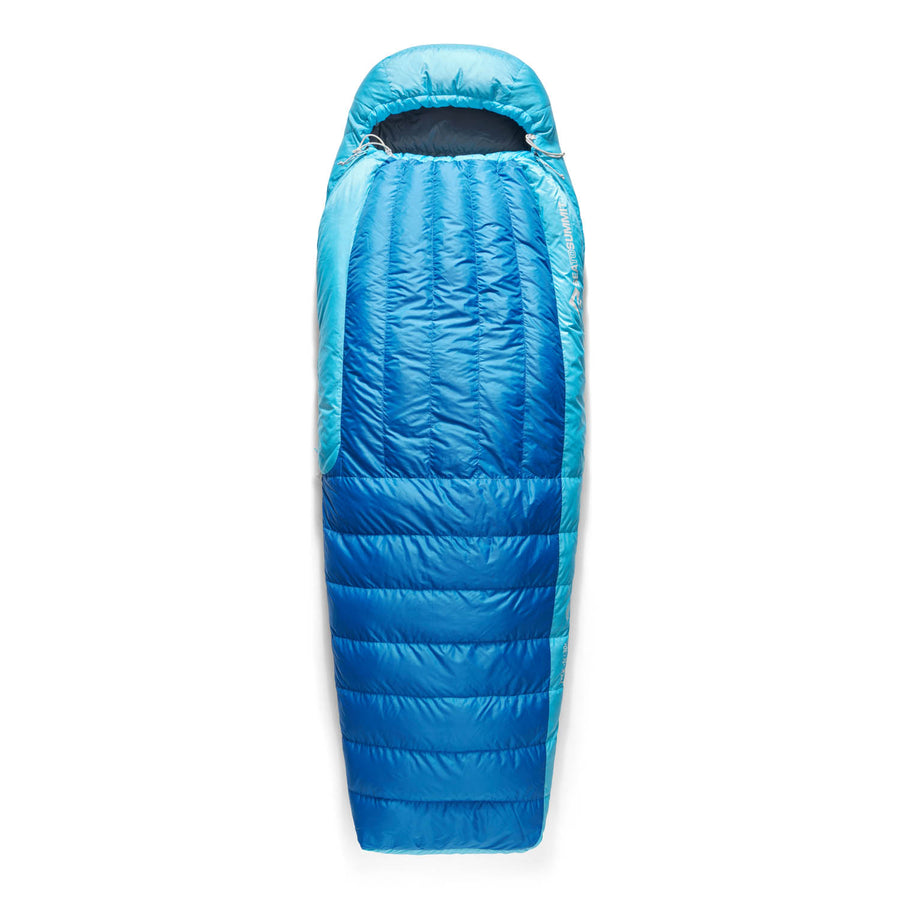
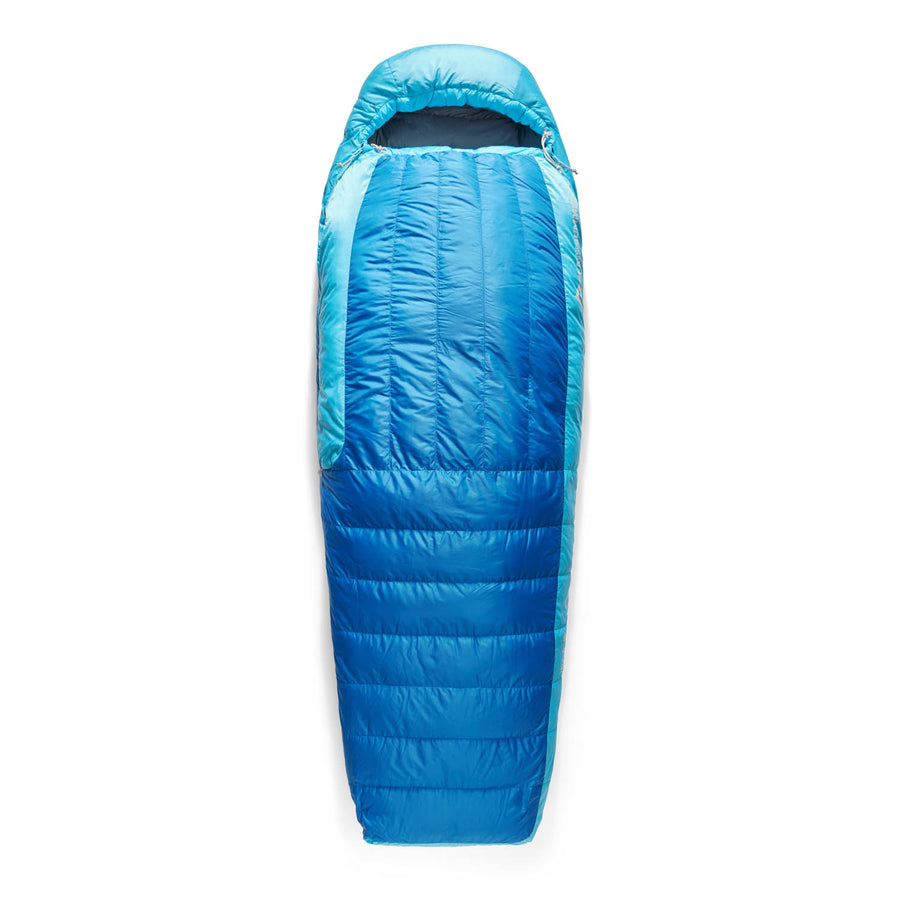
![Frontier Ultralight One Pot Cook Set - [3 Piece]](http://seatosummit.com.au/cdn/shop/files/FrontierULOnePotCookSet1P3Piece1.3LPotWithS-BowlandCup_ACK027031-122114_PRIMARY-1200x1200-9c6bd91.jpg?v=1749433473&width=900)
![Frontier Ultralight One Pot Cook Set - [3 Piece]](http://seatosummit.com.au/cdn/shop/files/FrontierULOnePotCookSet1P3Piece1.3LPotWithS-BowlandCup_ACK027031-122114_ADDITIONAL_1-1200x1200-9c6bd91.jpg?v=1749433473&width=900)
